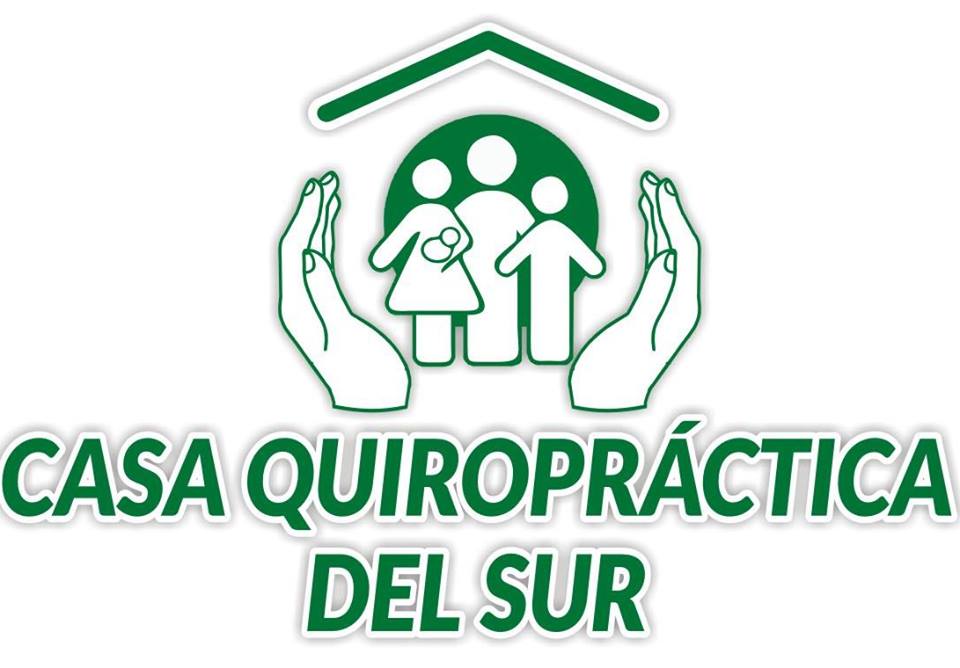The period from birth to age two is the most dynamic and important phase of brain development in humans. It is a critical period in the child’s neurodevelopment. Interference or damage to the child’s nervous system during this period will have far reaching and permanent effects on the child’s potential and developmental capabilities. These effects will be global in nature and can affect the nervous, immune, hormonal, homeostatic, cognitive, behavioral, organ, and functional capacity of the child.
Birth trauma is also responsible for creating subluxations in the infant’s spine. Assisted deliveries, including: C-sections, forceps, vacuum and induction procedures increase the chance of neurological damage to the infant’s spine and nervous system. While many of these traumas go undetected at the time of occurrence diverse symptoms and conditions can occur later in life as a result of these uncorrected subluxation patterns. Damage in these instances often occurs to the upper cervical (neck) spine and brain stem but traumatization of other levels of the spine are also prevalent.
![baby[1]](https://casaquiropractica.com/wp-content/uploads/2013/09/baby1.jpg)
“The large increase in total brain volume in the first year of life suggests that this is a critical period in which disruption of developmental processes, as the result of innate genetic abnormalities or as a consequence of environmental insults, may have long-lasting or permanent effects on brain structure and functions.”
———————————————————————————
During the first six years of life, as 90% of your child’s neurological development is completed, it is important to have their spine checked for subluxations that can create abnormal compensatory patterns that they carry into adulthood and affect their overall health and development. These neurological / functional / biomechanical / adaptive / dysfunctional patterns, known as subluxations, can occur when external or internal stresses are too much for the body to adapt to in a positive manner and an “overload” occurs in the body to compensate for this process. If this compensation goes uncorrected it will then become the new “norm” from which the nervous system will now function. This new “norm” that is created is usually a negative adaption that creates a lower functional threshold in the nervous system leaving it more susceptible to dis-ease and dysfunction.
![582304_496481277070750_249945013_a[1]](https://casaquiropractica.com/wp-content/uploads/2013/09/582304_496481277070750_249945013_a1.jpg)
“The primary mechanisms of injury to the spinal cord appears to be excessive traction applied to the spinal canal and cord during the birth process.”
Symposium on operative obstetrics, Donn, MD: Vol. 10, No. 2, June 1983
———————————————————————————
———————————————————————————
“Traumatization of the suboccipital structures inhibits functioning of the proprioceptive feedback loops. The motor development, though preprogrammed, cannot develop normally. These systems are fault tolerant and able to overcome considerable difficulties and restricted working conditions. But the price for this is a reduced capacity to absorb additional stress later. These children may show only minor symptoms in the first months of their life but later on at the age of 5 or 6 they suffer from headaches, postural problems or diffuse symptoms like sleep disorders, being unable to concentrate etc.”
Journal of Manual Medicine, Springer – Velag 1992
———————————————————————————-
“The only true subluxation you ever see must be in a child prior to the age of seven years. If this subluxation goes uncorrected it becomes a primary source of stimulus through life, but the tombs of distortion, which form from one traumatic experience to the other, soon bury this primary subluxation under that ‘tomb of distortions.’
“The subluxation that all of us worry about occurred some time between birth and the seventh year of life, and the remedy would of course be careful chiropractic care from birth through the seventh year of life.”
Major Bertrand De Jarnette, DO, DC
————————————————————————————
It is apparent that damage to the spine and nervous system during the development of reactive neurological stress patterns can cause compensatory patterns to either be learned or occur naturally, which will allow the individual to interact with their environment to the best of their ability, but with less than optimal function. These compensations can cause a decrease in functional capability, adaptive response, and decreased stress thresholds and therefore a decreased state of health.
In children, especially, we have the greatest opportunity to find and correct the primary subluxation before degenerative or compensatory patterns set in. In the adult spine we are capable of reducing the detrimental effects, but it takes time to remove the subluxation complex and all its previous compensatory patterns.
The ultimate expression of human potential is the true gift of the chiropractic adjustment.
———————————————————————————–
“Birth related spinal cord injuries appears to be under diagnosed. Severe injuries cause death immediately; incomplete injuries can either cause death within the neonatal period or permit survival. In birth injuries, the upper cervical spine or the cervicothoracic junction is usually affected. However, and level of the spinal cord can be involved, and the involvement of multiple levels is not uncommon.”
Dickman, Rekate, Sonntag, Zabramski
Division of Neurological Surgery, Barrow Neurological Institute, Phoenix, AZ.
